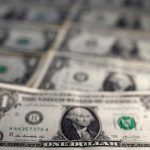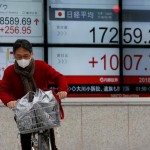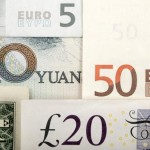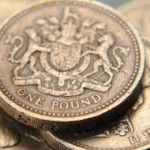Dollar falls from 2-1/2 month high vs yen after weak China trade data
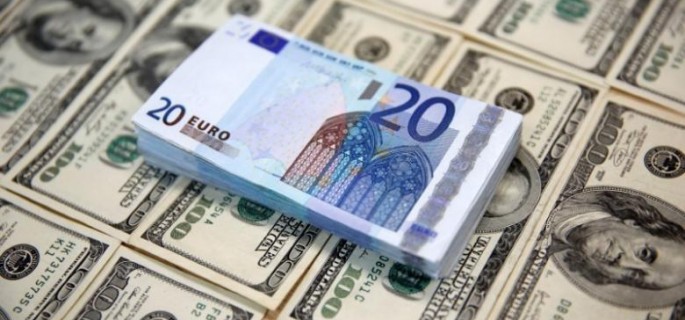
The dollar pulled back from a 2-1/2 month high against the yen on Thursday after surprisingly weak Chinese trade data stirred fresh concern about the world’s second-largest economy.
The dollar dropped to as low as 103.555 yen JPY= at one point, down 1 percent from the day’s high of 104.635 yen, which was the greenback’s strongest level since late July.
The dollar last stood at 103.84 yen, down 0.3 percent from late U.S. levels on Wednesday.
The safe haven yen pushed higher after data showed that China’s exports denominated in yuan fell 5.6 percent in September from a year earlier.
September dollar-denominated exports later showed that exports fell 10 percent from a year earlier, far worse than expected.
China’s imports unexpectedly shrank 1.9 percent after picking up in August, suggesting recent signs of steadying in the economy may be short-lived.
The weak Chinese trade data triggered a fall in equities and a drop in U.S. bond yields and gave a lift to the yen, a safe haven currency that tends to rise in times of market stress.
“There have been expectations that the Chinese economy is stabilizing because of fiscal stimulus… at the same time there’s also expectations that the global trade slowdown that we have endured seems to be coming to an end,” said Sim Moh Siong, FX strategist for Bank of Singapore.
“I think this Chinese data has challenged the expectations,” he said.
Against a basket of six major currencies, the dollar last stood at 97.868 .DXY, having pulled back from a seven-month high of 98.122 set earlier on Thursday.
The dollar has been supported by growing market expectations that the U.S. Federal Reserve will raise interest rates in December, and rising U.S. bond yields.
The U.S. 10-year Treasury yield stood at 1.7428 percent US10YT=RR in Asian trade on Thursday, after climbing to a four-month high of 1.801 percent on Wednesday.
Minutes of the Federal Reserve’s September policy meeting released on Wednesday showed several voting members of the policy committee judged a rate hike would be warranted “relatively soon” if the U.S. economy continued to strengthen.
“Whether the latest bull phase by the dollar is real or not depends on how the various U.S. asset markets can co-exist with the prospects of a Fed hike,” said Junichi Ishikawa, senior FX strategist at IG Securities in Tokyo.
The euro inched up 0.2 percent to $1.1024 EUR=, getting some respite after slipping to $1.1002 earlier on Thursday, its lowest level since late July.
Sterling fell 0.2 percent to $1.2183 GBP=D4, after rising about 0.7 percent on Wednesday.
Sterling had rebounded on Wednesday after British Prime Minister Theresa May said she would give lawmakers some scrutiny of the Brexit process and would seek “maximum possible access” to Europe’s single market.
Woes for sterling appeared far from over, however, as May sounded less concessionary when speaking in parliament.
Sterling had set a 31-year low below $1.1500 last Friday on worries about the possibility of a “hard Brexit” scenario that is seen as leaving Britain out of the European Union’s single market.
The yuan CNY=CFXS dipped to 6.7277 to the dollar after the central bank set a weaker mid-point for the seventh session in a row. It recently reached the key psychological mark of 6.7 after authorities had kept it relatively steady since mid-July.
“The continued underwhelming performance of Chinese exports adds weight to our view that the People’s Bank will maintain its recent policy of gradual trade-weighted renminbi depreciation in coming quarters,” economists at Capital Economics wrote in a note.
Source: Reuters









